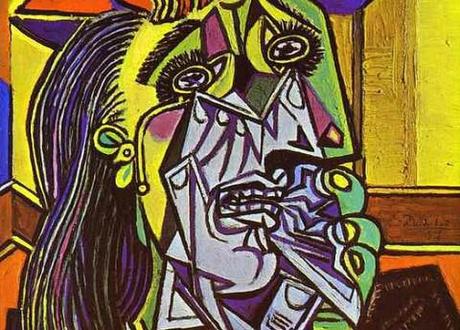
Weeping Woman by Pablo Picasso. Photo credit: jmussuto http://flic.kr/p/88vD3C
Arguably the most famous modern artist, Pablo Picasso’s life and works have been charted by many galleries across the world. In an attempt to put a new spin on the Spanish master’s greats, Picasso & Modern British Art at Tate Britain explores Picasso’s influence in Britain and British art over the past century. The responses of different artists to Picasso vary greatly, and the juxtaposition of different artists’ takes on Picasso’s various phases (cubism, primitivism, the blue period) is certainly intriguing.
It is also interesting to understand each chosen artist’s relationship with Picasso: Duncan Grant was a contemporary of Picasso and directly inspired by meeting the artist in Paris, yet David Hockney only turned more to Picasso after his death, completing two tribute pieces in homage to Picasso. Others, including Wyndham Lewis, Ben Nicholson, Henry Moore and Francis Bacon, are all shown to have drawn inspiration in various forms from Picasso. This is particularly remarkable in the room showing Moore alongside Picasso, where interesting parallels are drawn between painting and sculpture, not least between Picasso’s The Source (1921) and a similarly posed sculpture by Moore.
The exhibition follows a clear sequential path, and it is fascinating to see such influence changing as Picasso’s own style developed over time. The gallery does show deference to Picasso’s pieces, as I think has to be the case in an exhibition showcasing many different artists but so clearly led by one. Although some of Picasso’s most celebrated works are on display, (of particular note are Child with a Dove, Weeping Woman, and The Three Dancers) I found myself seeking these out a little more keenly than those by undoubtedly great British artists, but nevertheless still falling under the magical spell of Picasso.
Picasso & Modern British Art runs at Tate Britain until 15 July 2012.
This piece was first published for Creatures of Culture.

